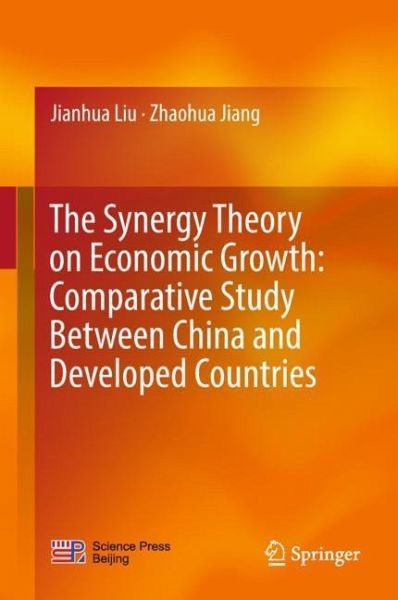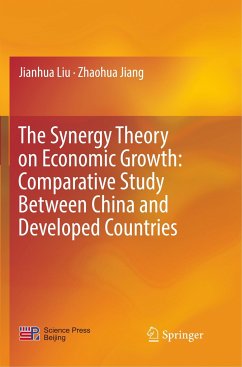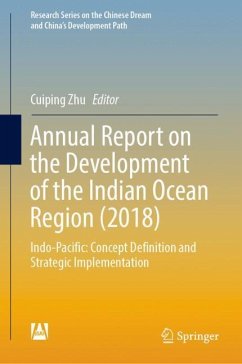
The Synergy Theory on Economic Growth: Comparative Study Between China and Developed Countries
Versandkostenfrei!
Versandfertig in 6-10 Tagen
91,99 €
inkl. MwSt.
Weitere Ausgaben:

PAYBACK Punkte
46 °P sammeln!
The book constructs the Synergy Theory, a new theory of economic growth and calculation methodology. The book involves empirical comparative study on economic growth between China and the 14 developed countries, and on the basis of the synergy theory, divides GDP into labor compensation, capital income, and synergistic benefits, further establishes the new empirical model including the major determined factors of economic growth, such as growth of physical capital stock, growth of investment in physical capital, improvement of science and technology, improvement of human capital quality, labor...
The book constructs the Synergy Theory, a new theory of economic growth and calculation methodology. The book involves empirical comparative study on economic growth between China and the 14 developed countries, and on the basis of the synergy theory, divides GDP into labor compensation, capital income, and synergistic benefits, further establishes the new empirical model including the major determined factors of economic growth, such as growth of physical capital stock, growth of investment in physical capital, improvement of science and technology, improvement of human capital quality, labor force growth, institutional innovation and economic externalies.
Subsequently, it uses the method of Data Envelopment Analysis to calculate the contribution of institutional innovation to economic growth, and it also focuses on the analysis of the determining factors of economic growth. Based on the analysis above, the new theory has been testedand the countermeasures and suggestions involving China's innovation-driven economy have been proposed.
Subsequently, it uses the method of Data Envelopment Analysis to calculate the contribution of institutional innovation to economic growth, and it also focuses on the analysis of the determining factors of economic growth. Based on the analysis above, the new theory has been testedand the countermeasures and suggestions involving China's innovation-driven economy have been proposed.














